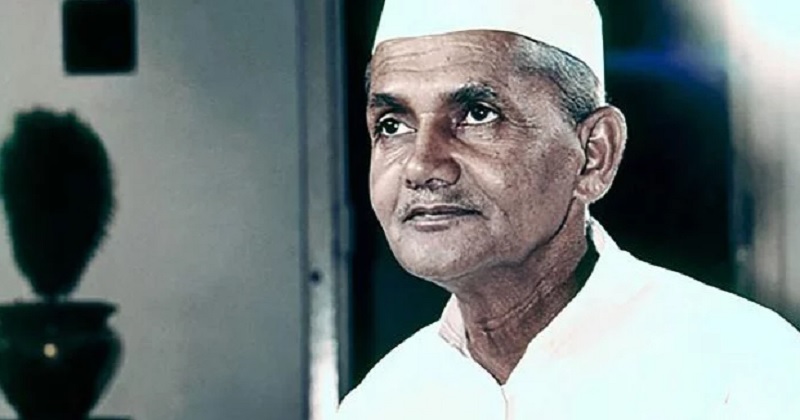
Lal Bahadur Shastri was born on October 2, 1904, to Ramdulari Devi and Sharada Prasad Shrivastava, in Mughalsarai, United Provinces (modern-day Uttar Pradesh). He shares his birthday with Mahatma Gandhi, the father of the nation. Lal Bahadur was against the prevailing caste system and therefore decided to drop his surname. The title “Shastri” was given after the completion of his graduation at Kashi Vidyapeeth, Varanasi in 1925. The title “Shastri” refers to a “scholar” or a person, adept in the “Holy Scriptures”.
Young Lal Bahadur, inspired with the stories and speeches of national leaders, developed a desire to participate in the Indian nationalist movement. He would also spend time by reading foreign authors like Marx, Russell and Lenin. In 1915, a speech of Mahatma Gandhi changed the course of his life and decided to actively participate in India’s freedom struggle.
In order to participate actively in the freedom movement, Lal Bahadur compromised even with his studies. In 1921, during the non-cooperation movement, Lal Bahadur was arrested for demonstrating defiance against the prohibitory order. Since he was a minor then, the authorities had to release him.
In 1930, Lal Bahadur Shastri became the secretary of local unit of the Congress party and later the president of the Allahabad Congress Committee. He played a crucial role during the Gandhi’s ‘Salt Satyagraha’. He led a door-to-door campaign, urging people not to pay land revenue and taxes to the British. Shastri was among the prominent Congress leaders who were imprisoned by the British Government in 1942. During the long span in confinement, Lal Bahadur utilized the time in reading the social reformers and western philosophers. In 1937, he was elected to the UP Legislative Assembly.
Lal Bahadur Shastri had served in various positions before being elected the Prime Minister of India. After Independence, he became the Minister of police in the Ministry of Govind Vallabh Panth in Uttar Pradesh. His recommendations included the directions for using “water-jets” instead of lathis to disperse the unruly mob. Impressed with his efforts in reforming the state police department, Jawaharlal Nehru, invited Shastri to join the Union cabinet as Minister for Railways. He was widely known for his ethics and morality. In 1956, Lal Bahadur Shastri resigned from his post, following a train accident that killed around 150 passengers near Ariyalur in Tamil Nadu. Nehru, had once said, “No one could wish for a better comrade than Lal Bahadur, a man of the highest integrity and devoted to ideas”.
Lal Bahadur Shastri returned to the Cabinet in 1957, first as the Minister for Transport and Communications, and then as the Minister of Commerce and Industry. In 1961, he became the Minister for Home and formed the “Committee on Prevention of Corruption” headed by of K. Santhanam.

Post Your Comments